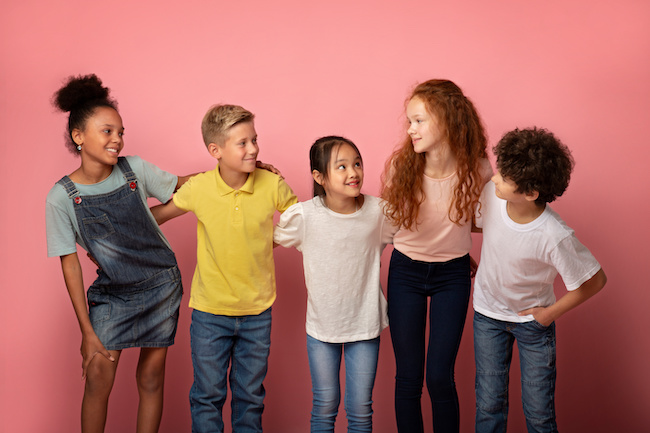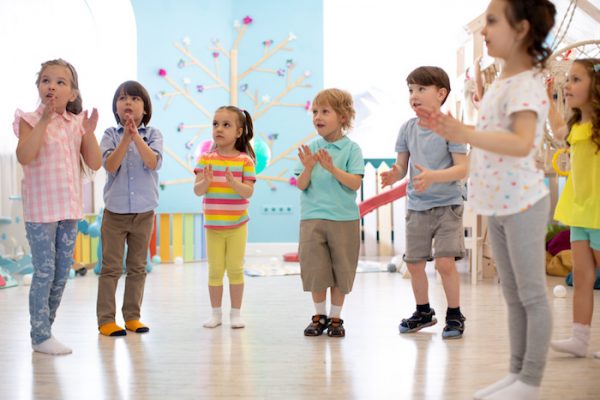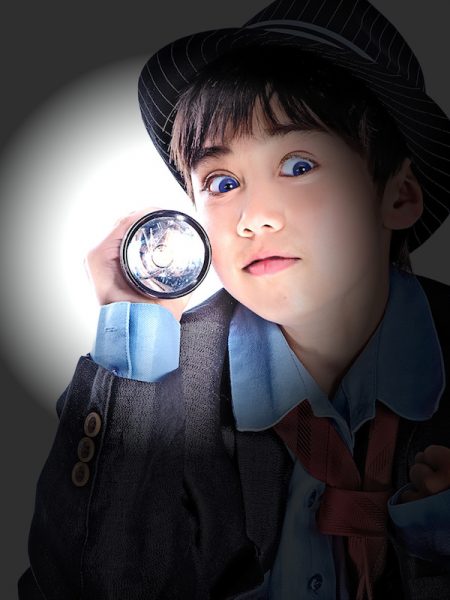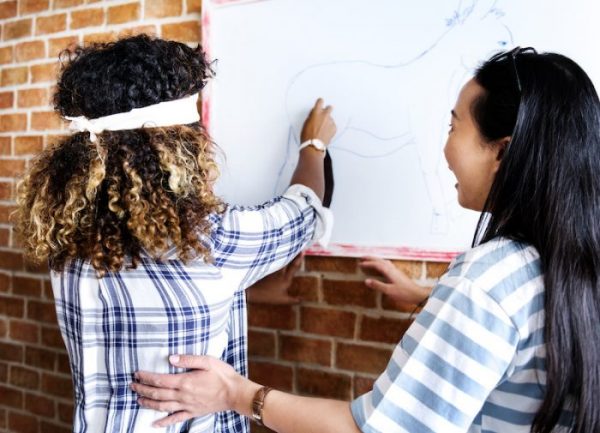Move & Mingle: icebreaker game for kids and team-building
Move and Mingle is the ultimate icebreaker game for kids and students—an interactive group activity that combines fun, movement, and communication. Ideal for classrooms, birthday parties, workshops, or youth programs, this game helps children break the ice, get to know each other, and feel included. It’s the go-to activity for encouraging conversation in a dynamic, pressure-free environment.
Let’s take a closer look at how to set it up, how to play, and why this game is a must-have in your group activity toolkit.
Game Overview
Before getting started, here’s everything you need to know about organizing this game successfully.
- Number of Players: From 8 children
- Recommended Age: From 7 years old
- Setting: Indoors (classroom, hall, or party room)
- Duration: About 20 minutes
- Supplies Needed: None! Just energy and curiosity.
This makes Move & Mingle a budget-friendly, no-prep game that’s easy to run at any time.
For another great way to keep the group thinking on their feet while staying connected, try playing the team word-building chain game—a fast-paced activity that boosts vocabulary and cooperation.
If you’re looking to energize the group with a fun focus-and-movement challenge, the Head & Shoulders number game is a fantastic addition to your activity list.
Detailed Rules for the Move And Mingle Icebreaker Game
Stage One: Move
- Setting Up:
- In the moving stage of this fun activity, the leader of the game will designate each side of the room a category. After the two categories have been made known, the rest of the group must choose a side. For example, the left side is books and the right side is movies. If you prefer books, go to the left; if you prefer movies, go to the right. Play this way for a few rounds, letting the group see what they have in common.
- Game Play:
- Participants choose which side of the room to stand on based on their preferences for the categories announced.
- After everyone has chosen a side, participants briefly discuss why they chose that category with those nearby.
- This process is repeated with different categories for several rounds, encouraging participants to move around and engage with different people.
Stage Two: Mingle
- Transition:
- After about half the time allotted for this game (shorter times necessary for multiple rounds), it is time to switch things up a little and move onto the “Mingle” stage.
- Mingle Instructions:
- The leader calls out a random statement or question (e.g., “If you were stranded on a desert island, what is one thing you would want to have with you?”).
- It is the group’s job to walk around and find people that feel the same way about the statement or question as they do.
- After mingling for a set period (usually 30 seconds to a minute), groups discuss their common answers and share them with the broader group.
For another great way to spark conversation and laughter, try adding the Would You Rather question game to your event lineup—kids love debating quirky choices!
Game Variations for More Fun
To keep the experience fresh and adaptable, here are a few fun tweaks you can try:
- Digital Version: Use tablets or interactive whiteboards to vote or match answers in real time.
- Theme-Based Questions: Focus your questions around a party theme (e.g., Halloween, space, superheroes, school subjects…).
- Group Voting: Let kids vote on their favorite questions and add their own suggestions.
- Speed Mingle: Set a timer to encourage quick interactions—great for short sessions or transitions.
For another fun trust-building challenge, try the Tour Guide blindfold game, where kids must rely on voice commands to navigate their partner safely to the finish line.
Example Questions to Get You Started
- Move Stage Questions:
- Dogs or Cats?
- Sleeps Better Cold or Sleeps Better Warm?
- Magical Wizard or Beautiful Vampire?
- Ketchup or Ranch?
- Mingle Stage Questions:
- What is one book you think everyone should read?
- What’s your favorite holiday and why?
- If you could have any superpower, what would it be?
“Move & Mingle” is more than just a game; it’s a dynamic and powerful tool for building teams and helping individuals find common ground in an enjoyable and relaxed environment.
Educational Benefits of Move & Mingle
This game is more than just a conversation starter. It helps children grow personally and socially through key skills like:
- Adaptability and participation for all types of learners
- Critical thinking and decision-making
- Communication and social interaction
- Team building and empathy
- Cultural awareness and inclusivity
- Physical movement that energizes the group
- Confidence building in a low-pressure setting
- Active listening and emotional intelligence
Frequently Asked Questions – Move and mingle
This section answers useful, practical questions to help you organize Move & Mingle more effectively.
- How can I adapt this game for shy or introverted children?
Start with non-verbal categories (e.g., color preferences) or let children pair up with a friend in the first rounds. Gradually encourage more open interaction. - Can this game be used in virtual or hybrid settings?
Yes! You can replicate the Move part via polls or virtual rooms, and the Mingle part through breakout groups in video conferencing platforms like Zoom or Google Meet. - Is Move & Mingle suitable for multi-age groups?
Absolutely. Just adapt the questions to match the participants’ developmental level. Younger kids love simple choices; older children can handle more abstract or imaginative prompts.
Ready to get your group talking?
Move & Mingle is the ultimate “get-to-know-you” activity that breaks the ice, sparks laughter, and helps every child feel seen and heard. Use it at your next classroom activity, birthday party, or team event—it’s simple, effective, and always a hit.
Explore all our treasure hunts, mystery games, and escape room kits to make your party or class event unforgettable. Perfectly designed for kids aged 4 to 12 and easy to set up—just print and play!






